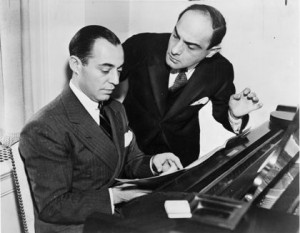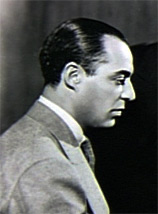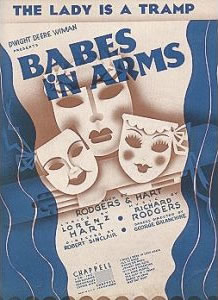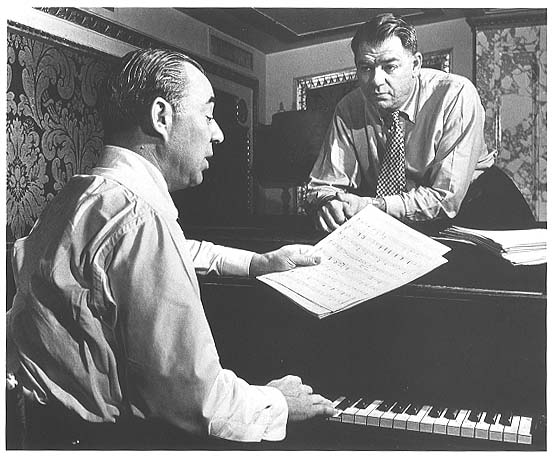The story goes that Dick Rodgers
and Larry Hart formed their
songwriting partnership one
Sunday afternoon in 1917. Dick
called on Larry at his
brownstone in Manhattan and Hart
answered the door wearing
bedroom slippers, tuxedo
trousers and a bathrobe—and was
badly in need of a shave.
Dick was a starry-eyed 16-year-old student at Columbia, and Hart a sophisticated, somewhat jaded 23-year-old. They spent that first afternoon together listening to scores from Jerome Kern's Princess Theater shows on the Victrola, smoking cigars and debating their opinions on music. After a few hours with Larry Hart, Rodgers knew he'd acquired, as he put it, "a career, a partner, a best friend, and a source of permanent irritation."
Richard Rodgers collaborated with only two lyricists in his long songwriting career. Between 1925 and 1942 he worked solely with Lorenz 'Larry' Hart. They were among the first wave of songwriters to experiment with composing a new kind of quirky and irreverent love song for Broadway musicals. By the time their hit, Babes in Arms opened at the Shubert Theater in the spring of 1937 Rodgers and Hart were at the top of their form. The score was full of big songs: "I Wish I Were in Love Again," "My Funny Valentine" and "Where or When."
After Hart's death in 1943 Richard Rodgers teamed up with Oscar Hammerstein II. Together Rodgers and Hammerstein brought a sweeping orchestral sound to the Broadway stage with musicals like— South Pacific, The Sound of Music and Oklahoma.
This week on Riverwalk Jazz the popular London-based vocalist Nina Ferro joins The Jim Cullum Jazz Band for a concert of Rodgers and Hart songs composed in the 1920s and 30s.
Born in 1902 in New York Richard Rodgers wrote over 900 songs in a career that spanned six decades. As fresh and pleasing to the ear as when they were composed, many of his songs: "Where or When," "I Could Write a Book," "Lover" and "This Can't Be Love" are often recorded by jazz musicians and cabaret artists today and frequently appear on movie soundtracks.
Late in life Richard Rodgers told an interviewer, "I'm a commercial theatre kid. I don't write for posterity. What I do is not as fancy as some people may think. This isn't a question of sitting on the top of a hill and waiting for inspiration to strike. It's work. People have said, 'You're a genius.' I say, 'No, it's my job.' "
Photo credit for Home Page and Recent Radio Broadcast Page: Richard Rodgers. Photo courtesy tnaron.wordpress.
Text based on Riverwalk Jazz script by Margaret Moos Pick ©2010






